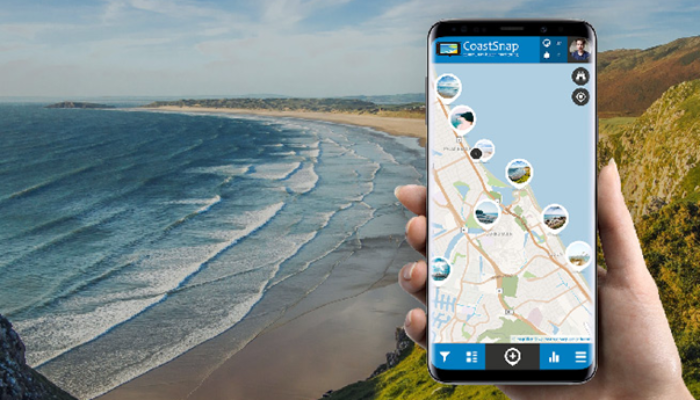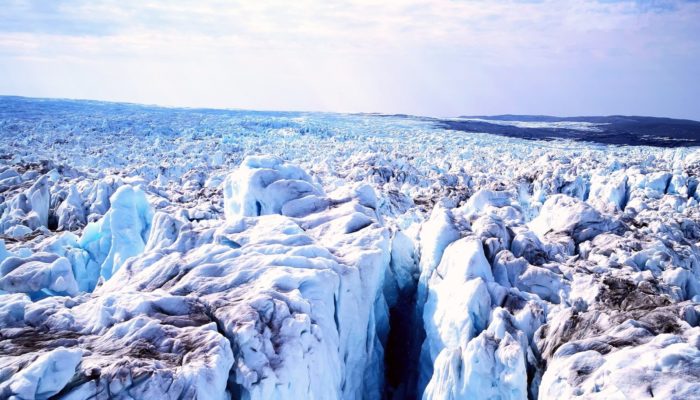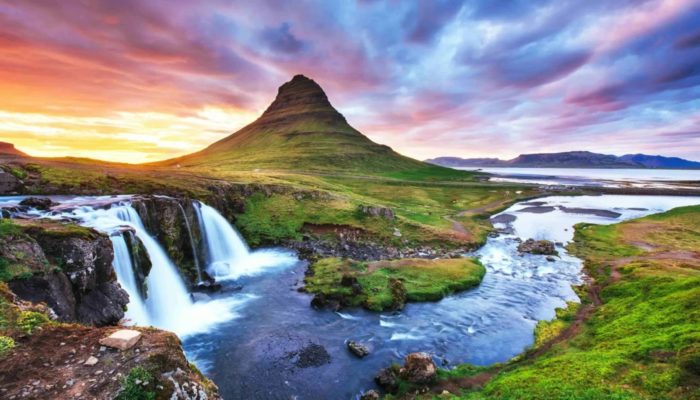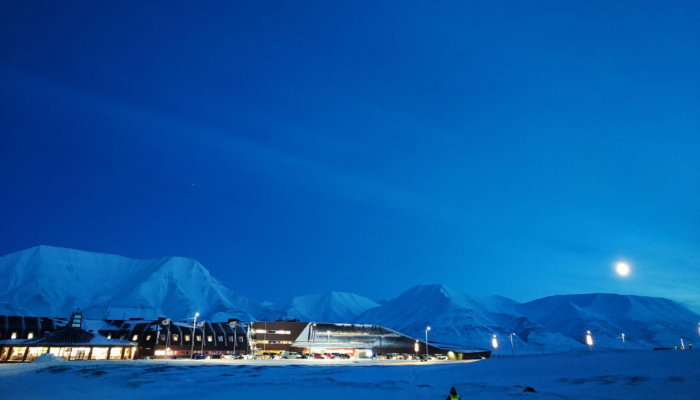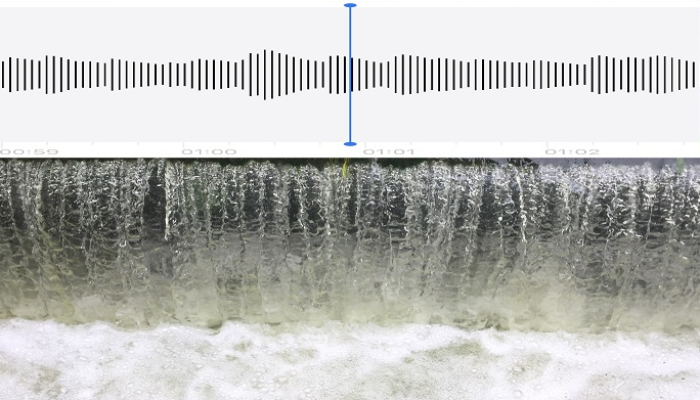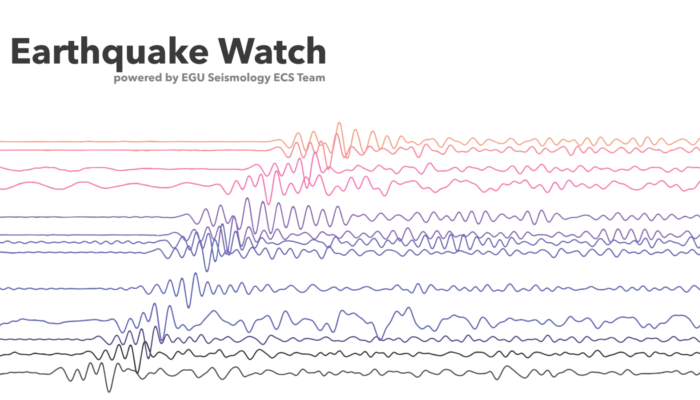CoastSnap is a global citizen science project aiming at monitoring the changes in our coastlines due to processes such as storms, rising sea levels, and human activities using smartphones. We will discover more about this promising project by chatting today with Dr Mitchell Harley, founder of the CoastSnap program. Mitchell is a Researcher and Senior Lecturer in the School of Civil and Environment ...[Read More]
Seismology
SENSOR: Fishing geophones from a helicopter in Greenland
“SENSOR” – stands for Seismological Experiments, Network Systems, Observations and Recovery In this blog series, we share news about recent or upcoming seismic experiments around the globe! And this time we’re checking in with Ana Nap, a PhD student from the University of Zurich, Switzerland, about her work on Greenland’s fastest glacier… Installing instruments on Greenland’s fas ...[Read More]
Cryospheric Sciences
Perspective on Listening to Permafrost
> Reflections from an ongoing art-science research project Common Grounds < How to visualize thousands of thousands (> 20,000,000) of data points collected in the Arctic atmosphere and subsurface at a permafrost observatory over 25 years? How to tell the story of permafrost, ground that is permanently frozen and an important part of the cryosphere, that is currently warming and thawing at ...[Read More]
Geochemistry, Mineralogy, Petrology & Volcanology
Geo-Fantasy – between Fantasy Novel and the Real World
When reading fantasy novels, we are usually brought to worlds of elves, dragons, and epic battles, all surrounded by breathtaking magical forests, or castles above impervious cliffs. However, even fantasy stories take inspiration from the real world and its geology. Who does not remember the ascent of Mount Doom of Frodo and Sam, or the importance of Dragon Glass (Obsidian) in Game of Thrones? So, ...[Read More]
Hydrological Sciences
EGU General Assembly for Newcomers … or those who are coming back to it
I am finally going back to Vienna this year for the European Geosciences Union (EGU) General Assembly (GA) in April, for the first time since 2019. Strangely, I am now with this feeling of “finally back ‘home’ at the Austria Center Vienna”. I have been asking myself what is going to be different after these four years, who I will meet there, if the city has changed, which places I want to see agai ...[Read More]
Geodesy
Women in the History of Geodesy
When we look at the history of science, we mostly see male presence in inventions and discoveries. However, this is not actually a true representation of scientific history. A lot of fundamental aspects/parts of science were discovered by female scientists such as Caroline Herschel, Ada Lovelace, Alice Ball, Marie Curie, Chien-Shiung Wu, Grace Hopper and many others. These names are some of the mo ...[Read More]
Cryospheric Sciences
The Polar Night Week and the Svalbard Integrated Arctic Earth Observing System
In the early days of 2023, nearly 100 researchers gathered in Longyearbyen, Svalbard, one of the last permanently inhabited places before reaching the North Pole (see my previous blogpost about Svalbard). The Svalbard Integrated Arctic Earth Observing System (SIOS) held its fifth Polar Night Week. SIOS is an international partnership of research institutions that study the environment and climate ...[Read More]
Hydrological Sciences
Hydrological soundscapes: listening to hydrological regimes
It is common to hear that a good illustration is better than a lengthy textual explanation, and we fully agree with that statement. We are used to retrieving information and understanding things through visual illustrations. In the scientific community, any paper comes with a number of plots to show the data, and diagrams to explain concepts, ideas or workflows. For example, a typical plot that hy ...[Read More]
Natural Hazards
Writing successful research proposal: tips and tricks
Have you arrived at that moment in your career when you have some potential ideas that you think would be relevant to science? Do you need financial support to advance your science career, and decided to apply for a grant? Today’s blog post brings you a good starting point with advice from three grant winners during the campfire organised by the NH ECS division team: “Writing successful research p ...[Read More]
Seismology
Earthquake Watch: The Guanshan, Chih-shang sequence in Taiwan, 17-18 Sept, 2022
Contribution about the September 2022 M 6.6 and M 6.8 earthquakes in South-East Taiwan Dr.Yifan Yin , recent graduate at the Swiss Seismological Service (SED) at the Earth Sciences department of ETH Zürich. On 17 September 2022, a magnitude 6.6 quake shook the southern-east Taiwan. The merely 8.6 km deep quake was widely felt across the island. Sixteen hours later, a magnitude 6.8 shallow quake fo ...[Read More]

